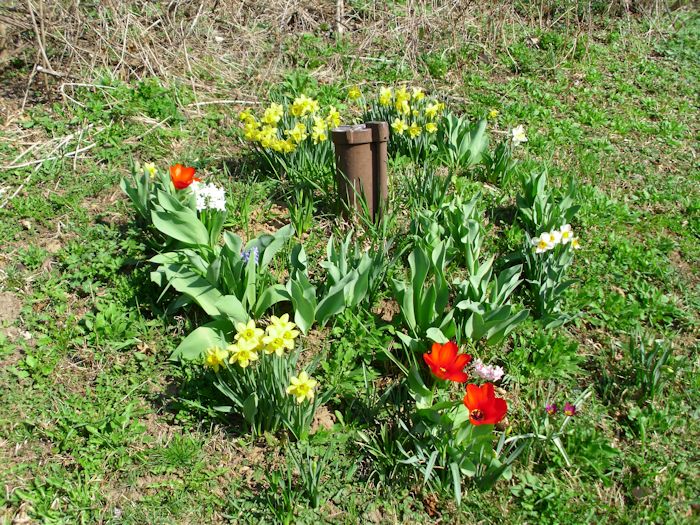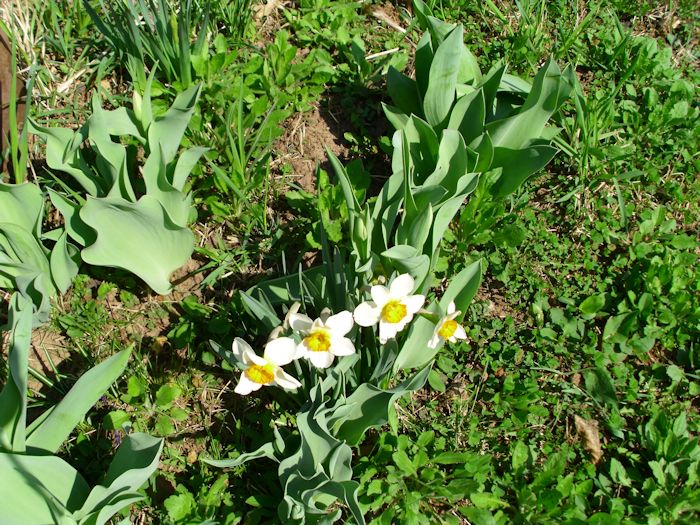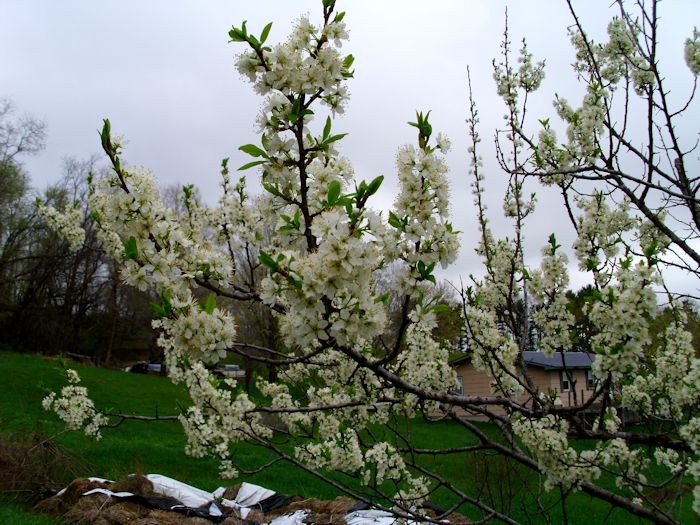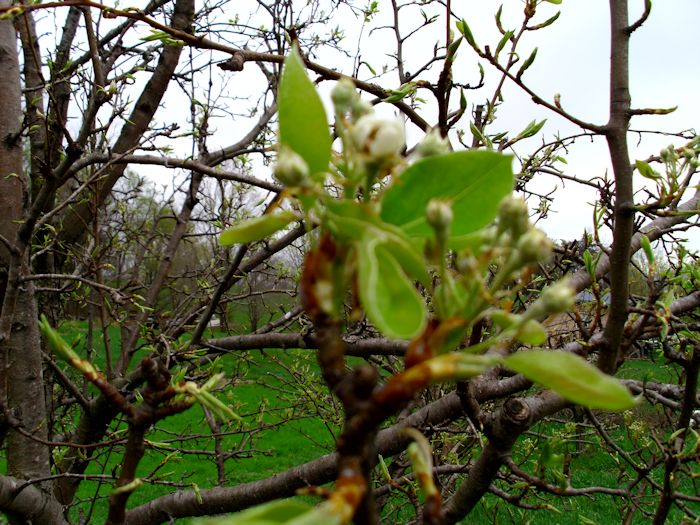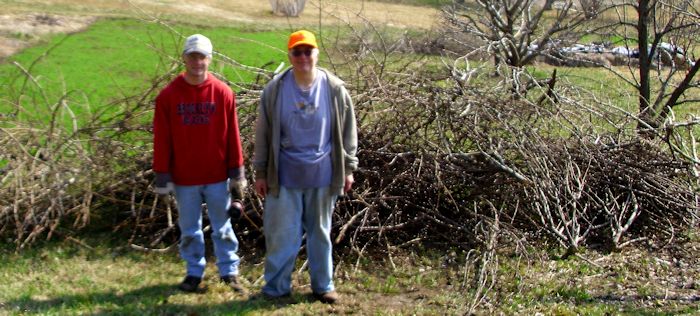As many people know, the Midwest is suffering through a terrible drought at the moment. The forecast calls for the drought to last through October as a minimum, so there isn’t any relief in sight. What many people don’t realize is that some parts of the Midwest actually have received some rain, but the rain hasn’t been especially helpful. There are a number of issues to consider and I’m sure I haven’t reasoned them all out. The biggest lesson I’ve learned is that even the best irrigation can’t completely replace rain. If your business is crop production then you need to ensure that the plant irrigation is as constant as possible. Cannabis businesses have started using a grow room design, which deals with water treatment amongst other things in an attempt to create crop consistency. With the limits of irrigation in mind, here are some of the conclusions I’ve come to during this particularly hot summer.
The first is that the main problem with irrigation is water temperature. I had wondered about this for a long time, but I’ve come to the conclusion that watering with a sprinkler uses cold water that could actually shock the plants. Rain water usually comes down warmed a little anyway. To test this out, at least partially, I watered part of our corn row using water warmed by the sun in our hose and the other part of the row using cold water. The warmed water has grown larger, more robust plants. Now, there could be other factors that affect our corn, such as quality differences in the soil in one part of the garden as contrasted to another part, but on the surface, it appears that anyone who uses warmed water (such as that found in a rain barrel), has an advantage over someone who irrigates with well water (such as I do).
Second, irrigation water lacks mineral content. I’m starting to think that rain water must pick up a certain amount of nutrients from the air that the water from our hose doesn’t provide. I’d need to back this up with some sort of laboratory analysis though and I’m not even sure where to send a sample. Even so, it does seem as if there is some nutritional factor in rain water that doesn’t appear in well water. At least I’m not fighting the chlorine and other additives of city water.
Third, there is no lightning when you irrigate. Lightning releases nitrogen into the soil. Plants absolutely must have nitrogen to grow well. You can artificially supply this nutrition with fertilizer, but there seems to be a difference between fertilized plants and those that receive the nitrogen naturally. I don’t use any commercial fertilizer on my garden, but I do supplement the garden with compost and I do things like plant winter rye to improve the quality of my soil.
Fourth, irrigation applies the water in an unnatural way. Rather than having randomly sized droplets provide the water at varying speeds over the relatively long time of a summer storm, irrigation uses uniformly sizes water droplets that apply water at a consistent rate over a short time. The water from rain seems to penetrate deeper for a given amount of water than irrigation does (as checked by digging into the garden after each event and actually measuring the penetration using a ruler). Penetration is a key here because surface penetration tends to promote weed growth, rather than nourish your plants.
I’m currently working to quantify my observations so that I can better understand the role of rain in promoting good garden growth, but this summer has provided me with some insights into how global warming will ultimately change our world. Even if we overcome the effects of droughts created by global warming by using irrigation, the overall effect is still going to be a loss of robust plant growth in the garden. Yes, you’ll get most plants to grow, but not in the same way as they would with just the right amount of rain. Let me know your thoughts about irrigation versus natural rainfall at [email protected].

